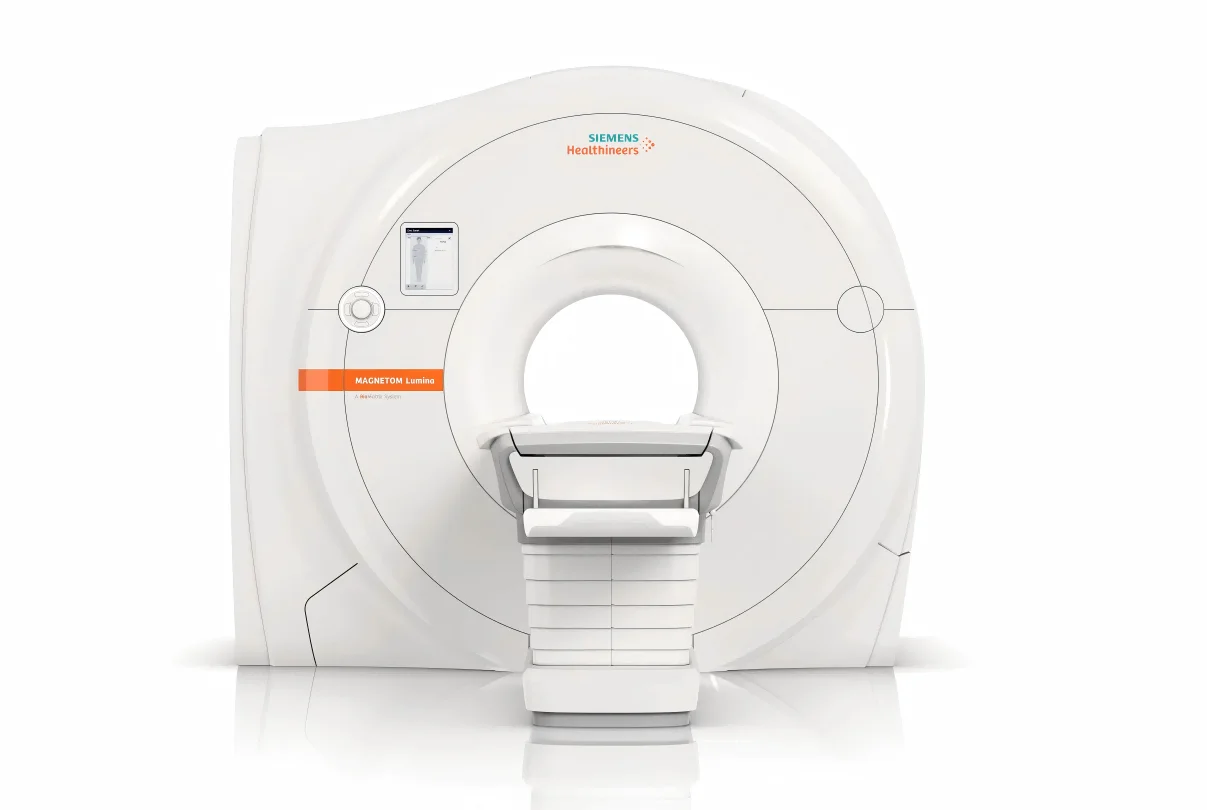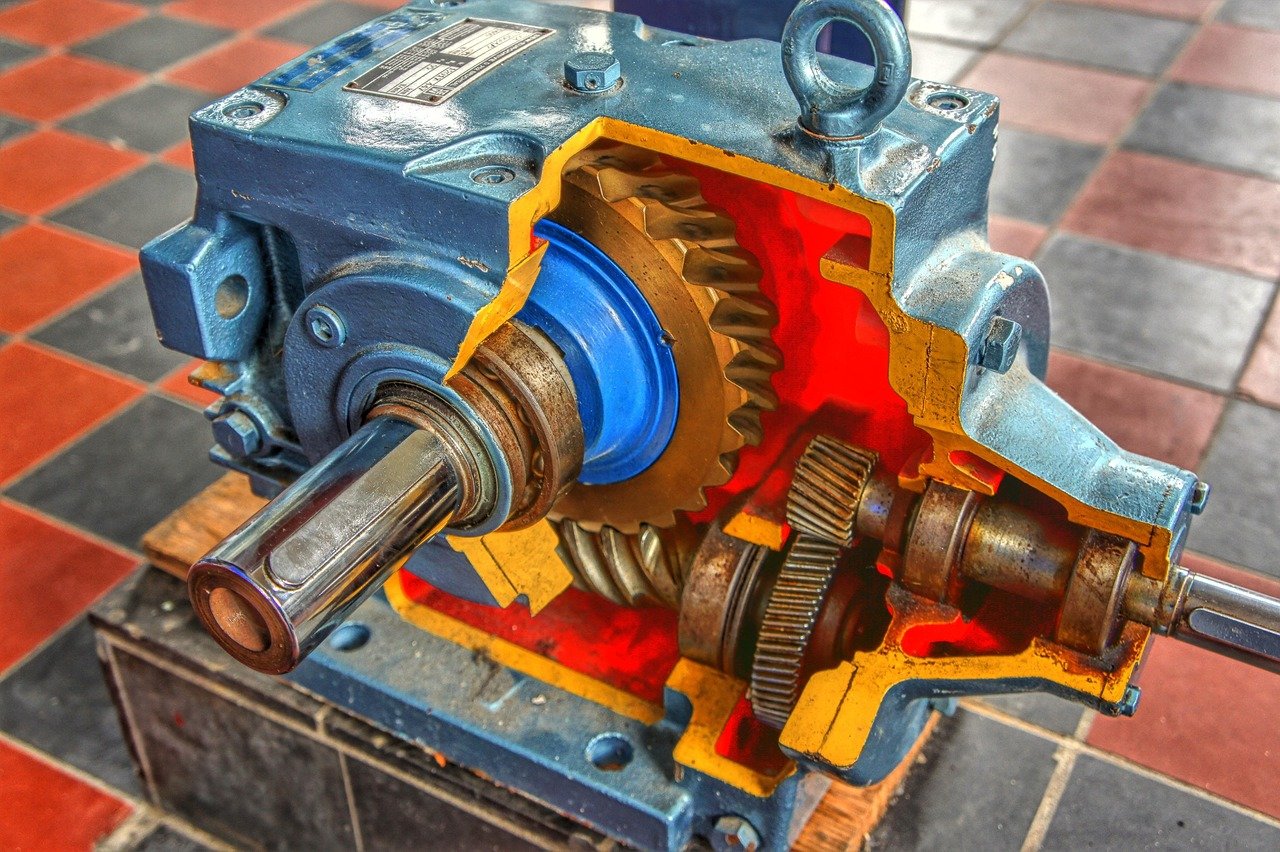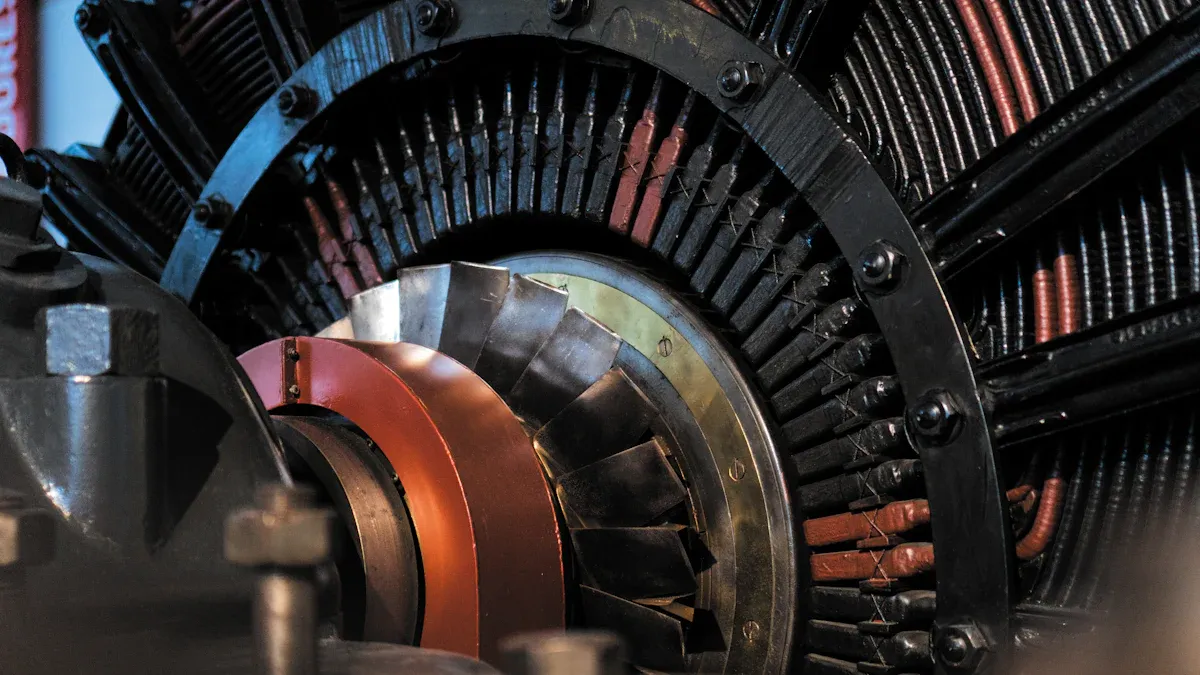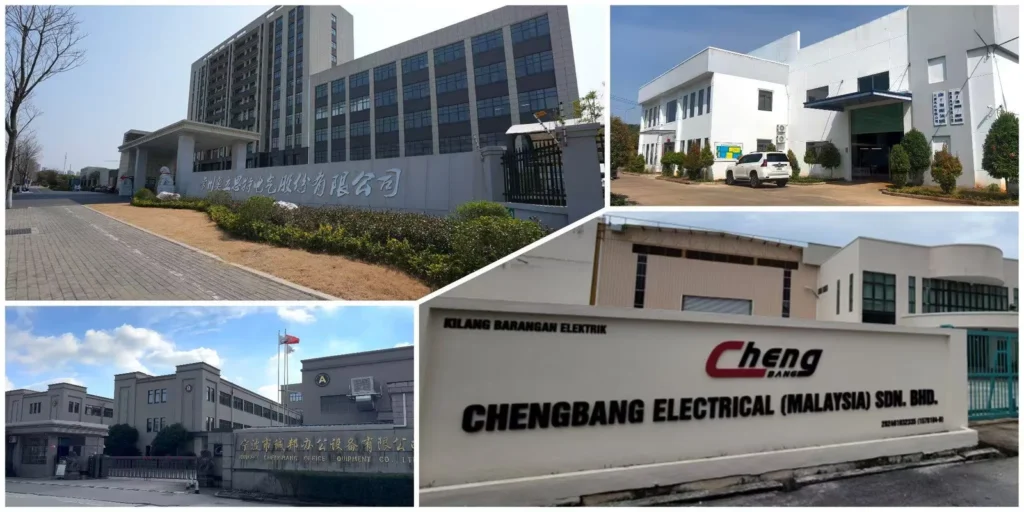
When operating a Marcopolo Paradiso 1800, bus fan motor selection plays a crucial role in ensuring optimal cooling and heating for both passengers and the engine. Choosing the right fan motor not only enhances the overall performance of the bus but also contributes to its long-term durability, especially under challenging driving conditions. Exhaust fan motor analysis reveals that effective temperature control systems significantly extend the lifespan of your Marcopolo Paradiso 1800. By prioritizing proper bus fan motor selection and conducting thorough exhaust fan motor analysis, you can achieve improved efficiency and reliability for your Marcopolo Paradiso 1800.
Key Takeaways
Pick a fan motor that fits your bus’s cooling needs. Think about engine size, how many people ride, and the weather. This helps keep the engine and batteries at the right temperature.
Choose a high-performance puller fan for better airflow. It saves energy and cools better than a pusher fan. It also fits well with the bus’s design.
Use ball bearing fans for strong and steady work. They last longer in hard places. This is important if your bus runs all day or in dusty and wet areas.
Make sure the fan motor matches your bus’s voltage and current. This stops damage and keeps things safe. Use motors that work well with your bus’s control systems.
Measure the space for the fan carefully. Pick fans with the right protection codes for the environment. This makes sure the fan fits, is easy to fix, and lasts a long time.
Cooling Needs for Marcopolo Paradiso 1800
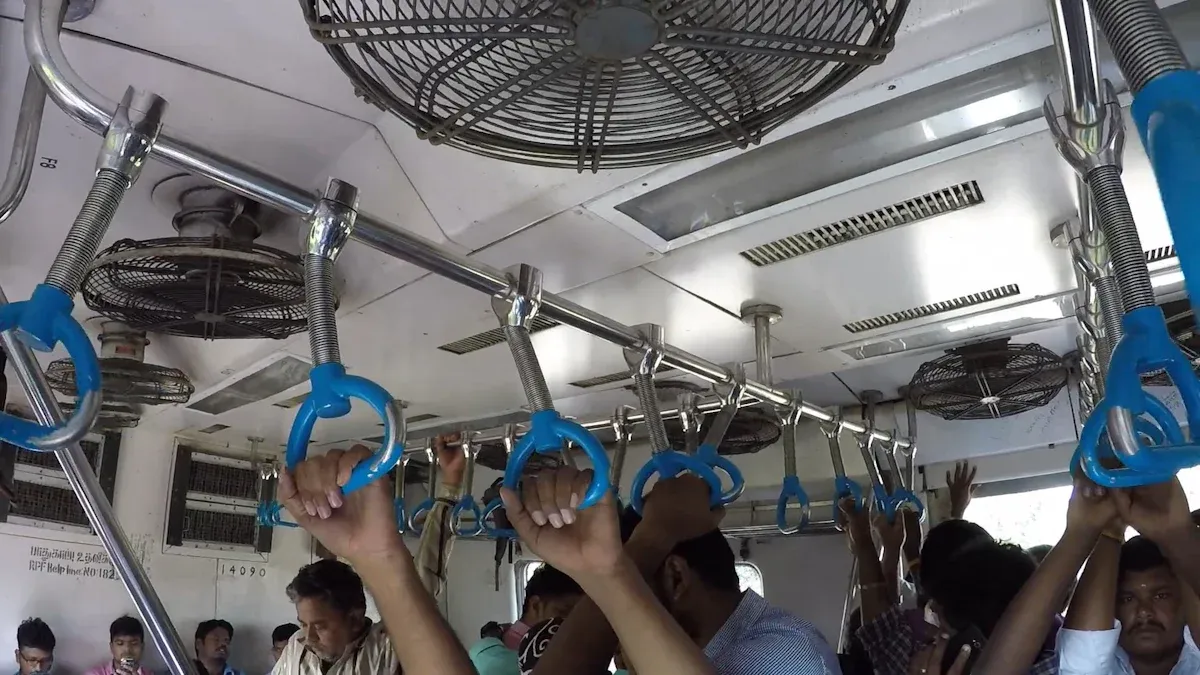
Engine Cooling Requirements
First, look at the engine size in your Marcopolo Paradiso 1800. Bigger engines make more heat. This means you need a stronger way to keep things cool. The cooling system must cool both the engine and the batteries. If your bus uses batteries, you must watch battery cooling closely. Liquid cooling works well for engines and batteries. It keeps the temperature steady. This helps the bus work better and last longer. Check if your cooling system is strong enough. Make sure it fits what your engine and batteries need.
Climate Factors
Where you drive changes how you heat and cool your bus. Hot weather makes the cooling system work harder. You need a fan that moves enough air for liquid cooling and battery cooling. In cold weather, you need a good heating system. The thermal management system must switch between heating and cooling. Liquid cooling helps in both hot and cold places. It keeps the engine and batteries at the right temperature. This helps your bus work well all year.
Passenger Load Impact
How many people ride your bus changes heating and cooling needs. More people make the bus warmer inside. The thermal management system must work harder to keep everyone comfy. Battery cooling is even more important when the bus is full. You need a system that can cool well with lots of people. Liquid cooling spreads heat out evenly. This saves energy and keeps the bus working well. Good battery cooling helps your bus run great, no matter how many people are on board.
Tip: Always pick cooling and heating systems that fit your bus’s real needs. This helps your thermal management system work well and makes your buses last longer.
Airflow and Fan Motor Selection
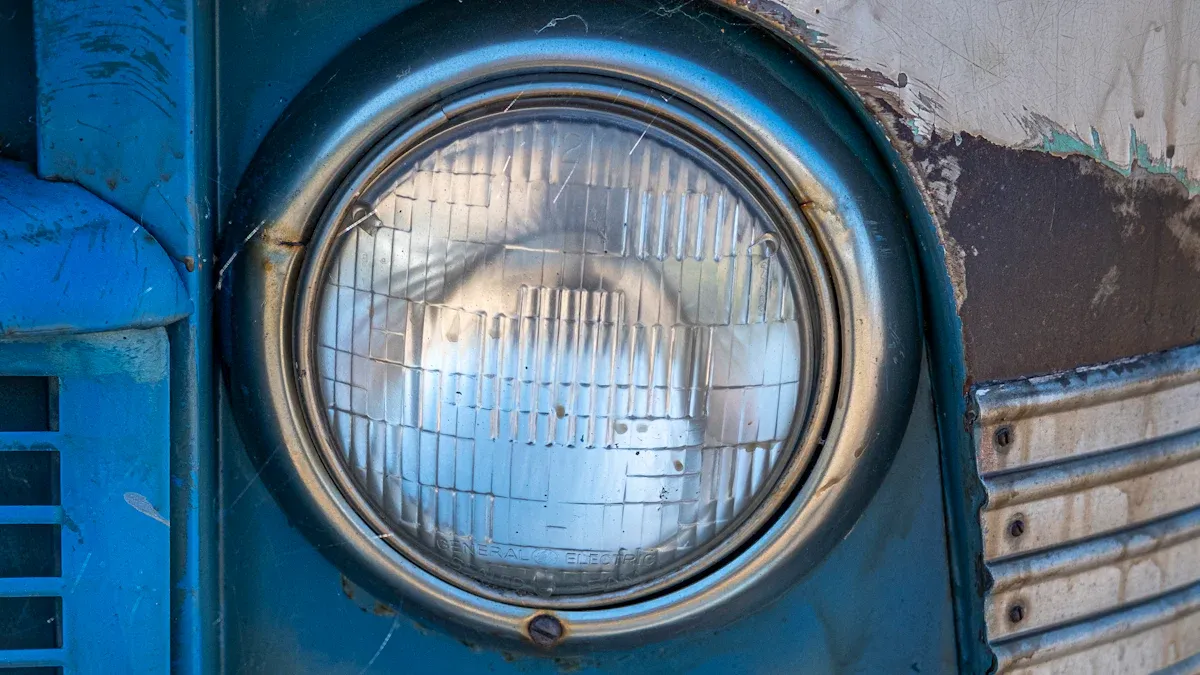
CFM and Fan Type
When picking a fan for your Marcopolo Paradiso 1800, you need to know how much air it moves. This is called CFM, which means cubic feet per minute. CFM shows how much air the fan pushes or pulls in one minute. For this bus, you usually need a fan that moves between 3,000 and 4,000 CFM. This amount helps keep the engine and passenger area cool. It works even when the bus is full or the weather is hot.
You also have to pick between a puller fan and a pusher fan. A puller fan sits behind the radiator and pulls air through it. A pusher fan sits in front and pushes air through the radiator. Puller fans are better for most bus fan motor selection needs. They move about 20% more air than pusher fans. This is because they face less resistance. More airflow means better cooling and higher efficiency. If you want the best performance and reliability, a high-performance puller fan is usually the best choice for your Marcopolo Paradiso 1800.
Note: Always check the space around your radiator before you pick a fan type. Some buses have more room in front, while others have more space behind the radiator.
Exhaust Fan Motor Options
You have a few choices when you look at exhaust fan motor analysis for buses. The two main types are ball bearing fans and sleeve bearing fans. Each type has good points and bad points. The table below shows how they compare:
Motor Type | Description | Benefits | Limitations | Performance Characteristics |
|---|---|---|---|---|
Ball Bearing Fans | Use ball bearings to hold up the motor shaft; types include single, double, and high-temperature versions. | High reliability, fast operation, strong, low maintenance. | Cost more than sleeve bearing fans. | Last longer, hold more weight, work well in tough places, make some noise. |
Sleeve Bearing Fans | Use a sleeve or bushing to hold up the motor shaft; simple and low-friction design. | Cost less, simple, quiet, small size. | Do not last as long, hold less weight, can be hurt by heat, wetness, and dust. | Not as reliable, shorter life, quieter, do not handle tough places well. |
For Marcopolo Paradiso 1800 buses, ball bearing fans give you better reliability and performance. They work well if your bus runs in hard conditions or needs to work all day. Sleeve bearing fans cost less and run quietly. But they do not last as long and may not handle heavy use.
When selecting a bus fan motor, consider the motor’s performance characteristics. Motors with appropriate torque and speed control provide the required airflow efficiently. High-quality motors are durable, which reduces downtime and lowers maintenance requirements.
Operational Considerations
You need to think about more than just airflow and fan type. You should look at how the fan will work every day. Will the fan run all the time, or only when the engine gets hot? Does your bus drive in dusty or wet places? If yes, you need a fan that can handle tough places. Ball bearing fans work well because they resist dust and moisture.
You also want a fan that uses energy wisely. High efficiency means the fan does its job without wasting power. This helps your bus save fuel and keeps the engine cool. Good efficiency also means the fan does not get too hot or wear out too fast. Honest Gearmotors and Pump motors are made for high efficiency and strong performance. They help your Marcopolo Paradiso 1800 run smoothly and keep your passengers comfortable.
Tip: Always match your fan choice to your bus’s real needs. Think about airflow, efficiency, reliability, and how often the fan will run. Careful exhaust fan motor analysis helps you get the best performance and longest life from your fan system.
Electrical Compatibility in Buses
Voltage and Current
The fan motor must match your bus’s voltage and current. Most buses use 12V, 24V, or 48V systems. Look in your Marcopolo Paradiso 1800 manual for the right voltage. Using the wrong voltage can break the fan or make it not work. Always check how much current the fan motor needs. The fan should not use more current than your bus can give. If it uses too much, you might blow a fuse or hurt the wires. Honest has both AC Motor VS DC Motor choices. Pick the one that works with your bus system. Universal motors from Honest can work with many voltages. This makes them a good choice for different buses.
System Integration
It is important to connect the fan motor to your bus system the right way. The fan should turn on and off at the right times. Some buses have smart controllers that only run the fan when needed. This saves energy and helps the bus work better. Honest motors are easy to connect to these systems. You can use sensors or controllers for better results. Good connections help the fan work with other bus parts, like the thermal management system and heating controls. This helps everything work together. Planning for good vehicle integration stops problems and gives you the best results.
Tip: Test the fan motor after you put it in. Make sure it turns on, off, and changes speed when needed. This helps you find any problems early.
Operational Safety
Safety is very important when putting in a new fan motor. Use the right wires and connectors for your bus voltage. Make sure all wires are tight to stop short circuits. Honest motors have safety features to stop overheating and overload. If you use a universal motor, check if it has built-in protection. Good connections also mean the fan will turn off if there is a problem. This keeps your bus safe and protects your money. Always follow the safety steps in your bus manual and the motor guide.
Remember: Careful planning and good connections help your fan work safely, reliably, and efficiently in your buses.
Installation and Space Considerations
Mounting and Fit
You need to measure the space where you will install the fan in your bus. Start by checking the area around the radiator and engine. Use a tape measure to find the length, width, and depth. Write these numbers down. Make sure the fan fits without touching other parts. If you choose a high-performance puller fan, check if there is enough room behind the radiator. Some buses have more space in front, which works better for a pusher fan. Always look at the mounting brackets and holes. The fan must attach securely to prevent shaking or damage. Good mounting helps the fan work well and improves reliability.
Tip: Draw a simple sketch of the space before you buy a fan. This helps you see if the fan will fit and makes installation easier.
Environmental Codes
You must understand the environmental codes for motors in buses. These codes tell you if the fan can handle dust, water, heat, or chemicals. Look for codes like IP65 or IP55. These show how well the fan resists moisture and dirt. If your bus travels in wet or dusty places, pick a fan with a high protection rating. Some codes also show if the fan can work in hot or cold climates. This is important for cooling and heating. A fan with the right code will last longer and keep your thermal management system safe. Always check the motor label for these codes before installation.
Code | What It Means | Best Use Case |
|---|---|---|
IP65 | Dust and water proof | Wet, dusty environments |
IP55 | Some dust, water proof | Most outdoor buses |
WF2 | Strong corrosion proof | Chemical areas |
Maintenance Accessibility
You need to think about how easy it is to reach the fan for cleaning or repairs. Place the fan where you can get to it without removing many parts. This saves time and energy during maintenance. If you use liquid cooling or battery cooling methods, make sure the fan does not block hoses or wires. Good access helps you check for dust, leaks, or loose wires. Regular cleaning keeps the fan working at top efficiency. Easy maintenance also helps your bus fan motor selection last longer and improves overall performance.
Note: Plan for seamless vehicle integration. Easy access means you can fix problems fast and keep your bus running smoothly.
Recommended Motors and Checklist
Honest Solutions
To keep your Marcopolo Paradiso 1800 running optimally year-round, Honest provides a range of high-efficiency motors suitable for bus fan motor selection.
Honest Gearmotor: Delivers consistent torque and precise speed control, helping the thermal management system maintain the ideal temperature for the engine and batteries.
Honest Pump Motor: Works with liquid cooling and battery thermal management to efficiently heat or cool both the engine and passenger area.
Honest Universal Motor: Supports multiple voltage options, making vehicle integration easier while remaining compatible with battery thermal management systems.
Each Honest motor is designed for high efficiency and long-lasting performance, ensuring stable airflow and effective thermal management while reducing maintenance needs.
Selection Steps
Assess cooling and airflow needs.
Start by checking how much cooling your bus needs. Look at engine size, passenger load, and climate. Make sure your thermal management system can heat and cool. Think about battery thermal management and liquid cooling for better results.
Confirm voltage and system compatibility.
Check your bus’s voltage and current. Pick a motor that matches your system. Honest motors have choices for different voltages. This helps your thermal management system work safely and keeps battery thermal management working well.
Check installation space and environmental compliance.
Measure the space for the fan. Make sure the motor fits and does not block other parts. Look for motors with the right protection codes. This keeps your thermal management system safe in wet, dusty, or hot places.
Compare motor types with operational requirements.
Decide if you need a puller fan or a pusher fan. Puller fans often work better and use less energy. Check if the motor supports liquid cooling and battery thermal management. Honest motors are made for high efficiency and reliable heating.
Use a checklist to ensure all factors are considered.
A checklist helps you remember every detail. Use the table below to help with bus fan motor selection:
Critical Factor | Explanation | Importance in Checklist Use |
|---|---|---|
Durability and Materials | Pick strong materials like reinforced plastics or aluminum. | Handles heavy use and high heat, stopping early failure. |
Fan Type | Choose mechanical or electric fans for your bus. | Picks the most efficient and best fan for your thermal management system. |
Fan Size and Airflow | Match fan size to airflow needs (CFM) for your bus. | Gives enough cooling and heating without space problems. |
Fan Configuration | Decide between puller fan and pusher fan for your setup. | Gives good airflow and helps battery thermal management. |
Temperature Control | Use thermostats to control fan operation. | Keeps engine and batteries at the right temperature for best results. |
Build Quality and Reliability | Pick motors with high-quality parts for long life. | Stops fan failure and keeps thermal management system working. |
Compatibility | Match fan specs to your bus model and engine. | Stops installation problems and helps easy vehicle integration. |
Tip: Always use a checklist before you buy or install a new fan motor. This helps you get the best efficiency, heating, and battery thermal management for your Marcopolo Paradiso 1800.
FAQ
What is the best way to choose a fan for Marcopolo Paradiso 1800 buses?
Begin by thinking about how much cooling your bus needs. Check how much air the fan should move and if there is enough space. Look at the thermal management system and battery thermal management systems. Pick a high-performance puller fan because it works better and lasts longer.
How does a puller fan compare to a pusher fan in buses?
A puller fan goes behind the radiator and pulls air through it. This type cools better and helps the bus work well. You save more energy and the fan fits with other bus parts easily. A pusher fan sits in front but does not cool as well as a puller fan.
Why is battery cooling important for battery electric buses?
Battery cooling methods like liquid cooling keep batteries safe and working right. Good battery thermal management helps the thermal management system control heat and cold. This makes the bus work better, last longer, and stay reliable.
How do you make sure the fan fits and works with your bus?
Measure the spot where you want to put the fan. Check if the mounting points and wires are in the right place. Make sure the fan matches your bus voltage and system. This helps the fan fit well and keeps the thermal management system and heating system working right.
What should you look for in a fan motor for long-term use?
Pick a fan made from strong materials and built well. Look for motors that use less energy and work for a long time. Make sure the fan helps with battery thermal management and fits with other bus parts for the best results in any weather.
